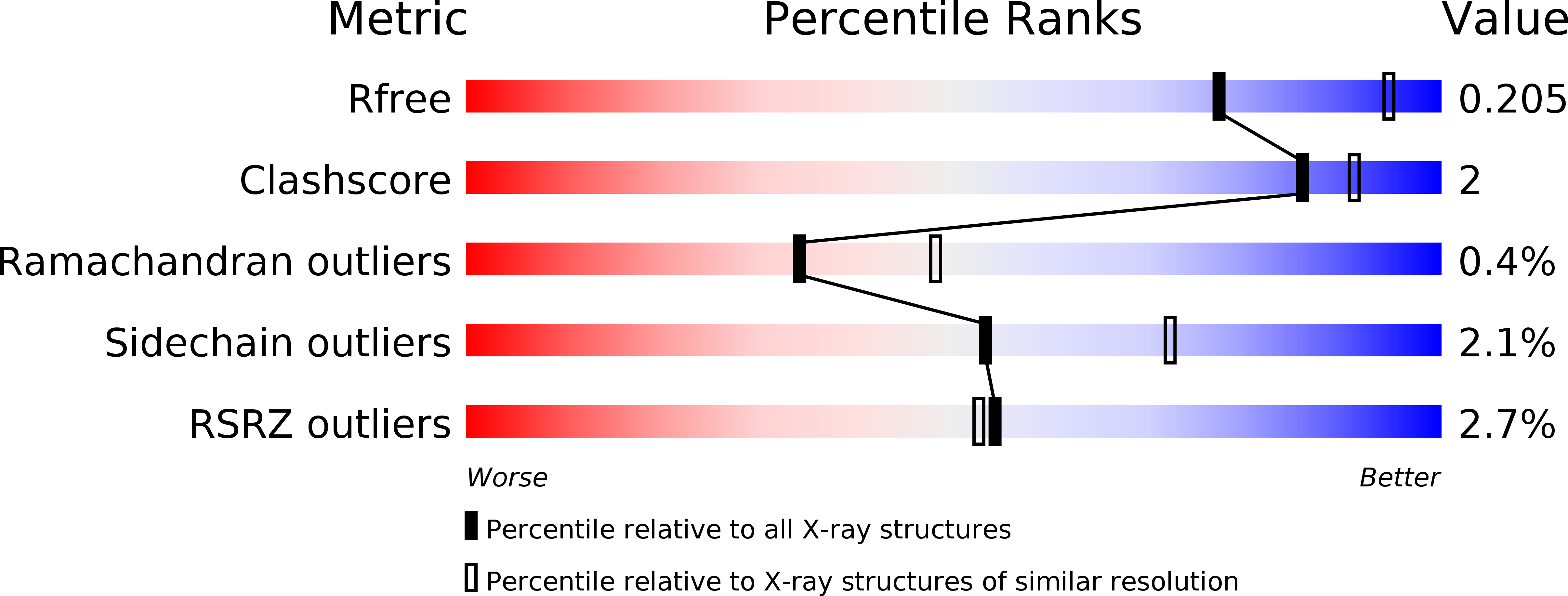
Deposition Date
2013-02-20
Release Date
2013-12-11
Last Version Date
2023-09-20
Entry Detail
Biological Source:
Source Organism:
Escherichia coli (Taxon ID: 749527)
Xenopus laevis (Taxon ID: 8355)
Xenopus laevis (Taxon ID: 8355)
Host Organism:
Method Details:
Experimental Method:
Resolution:
2.40 Å
R-Value Free:
0.20
R-Value Work:
0.16
R-Value Observed:
0.16
Space Group:
C 1 2 1


